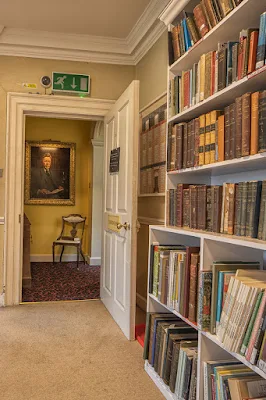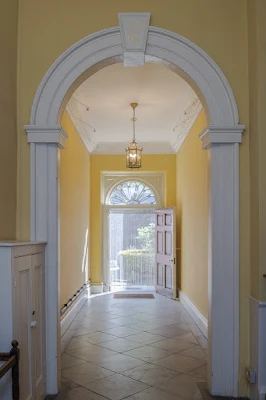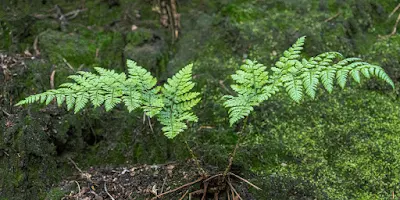Bromley House Library, Angel Row, Nottingham, one of Nottingham’s premier listed buildings, and moreover, one with an extraordinary connection to early photography.
An individual case study from which one may build a visual narrative from Georgian times. Bromley House Library was founded in 1816, but situated in a merchant banker’s house dating from 1752 and still with its original walled garden.
Not only operating as a private subscription library, Bromley House was home to one of the earliest commercial photographic studios in the world, founded in the attics by Alfred Barber in 1841. The studio was operational until the mid twentieth century until it was taken back into the library’s care. The darkroom’s period safe light and drying racks are intact and this area forms a unique combination of book collections together with the evocative Victorian production space. It is this section of the building which underwent major restoration in 2019/20.
The day was led by renowned architectural photographer, Martine Hamilton Knight. We begin with a briefing before being encouraged to roam the garden and four floors at our leisure, capturing the various spaces with long exposures and flash. Managing the light in interiors was certainly challenging.





































